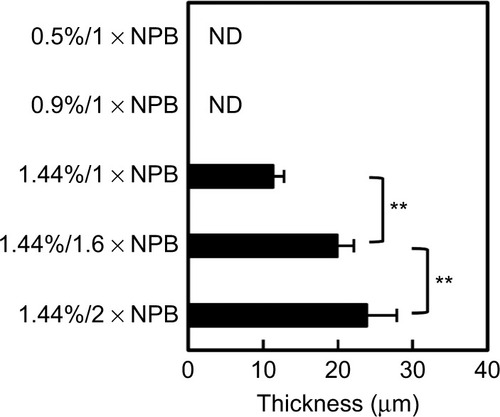Figures & data
Figure 1 Viscosity and deliverability of collagen sols.
Abbreviations: NPB, neutral phosphate buffer.

Figure 2 Temperature responsiveness of collagen sol gelation in the absence of genipin.
Abbreviations: NPB, neutral phosphate buffer; min, minutes.

Figure 3 Temperature responsiveness of collagen sol gelation in the presence of genipin.
Abbreviation: NPB, neutral phosphate buffer; min, minutes.

Figure 4 Effects of temperature and NPB concentrations on gelation times of 1.44% collagen sols.

Figure 5 Effects of warming on genipin structure and genipin-induced crosslinking activities.
Abbreviations: NMR, nuclear magnetic resonance; NPB, neutral phosphate buffer; UV, ultraviolet; min, minutes.
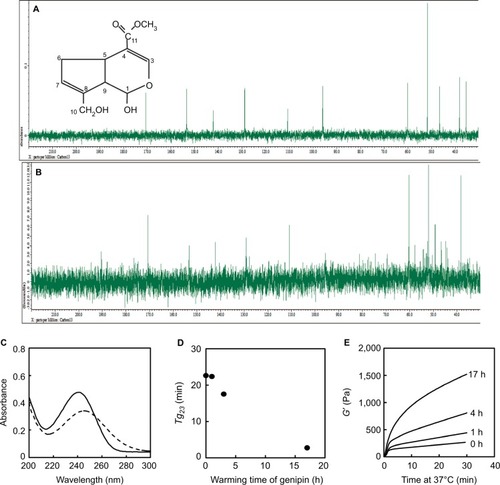
Figure 6 Mechanical properties of collagen gels in penetration tests.
Abbreviations: NPB, neutral phosphate buffer; SD, standard deviation.
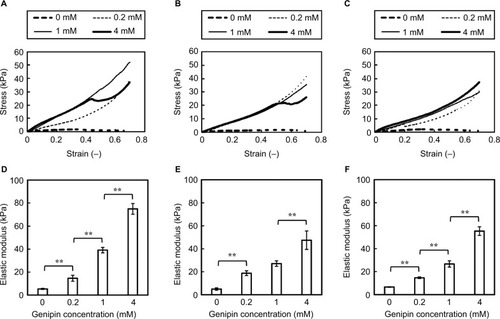
Figure 7 Ex vivo gelation tests of collagen gels in artificial porcine stomach ulcers.
Abbreviation: NPB, neutral phosphate buffer.
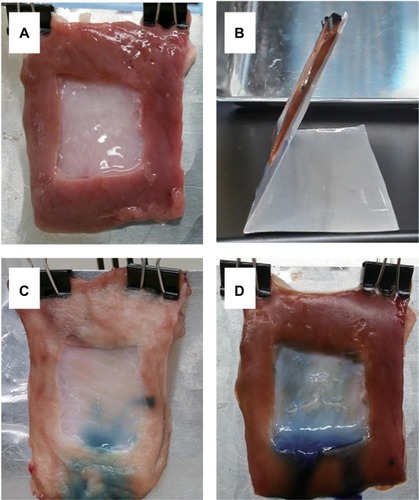
Figure 8 H&E-stained histological sections of artificial ulcers with collagen sols.
Abbreviations: H&E, hematoxylin and eosin; NPB, neutral phosphate buffer.
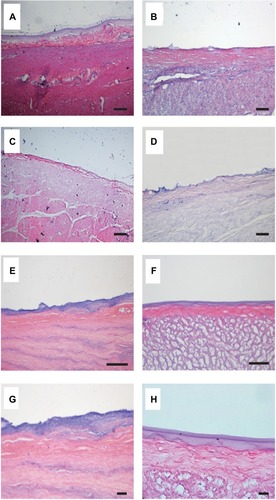
Figure 9 Thickness of collagen gel coverage on artificial porcine stomach ulcers.
Abbreviations: SD, standard deviation; H&E, hematoxylin and eosin; NPB, neutral phosphate buffer.
